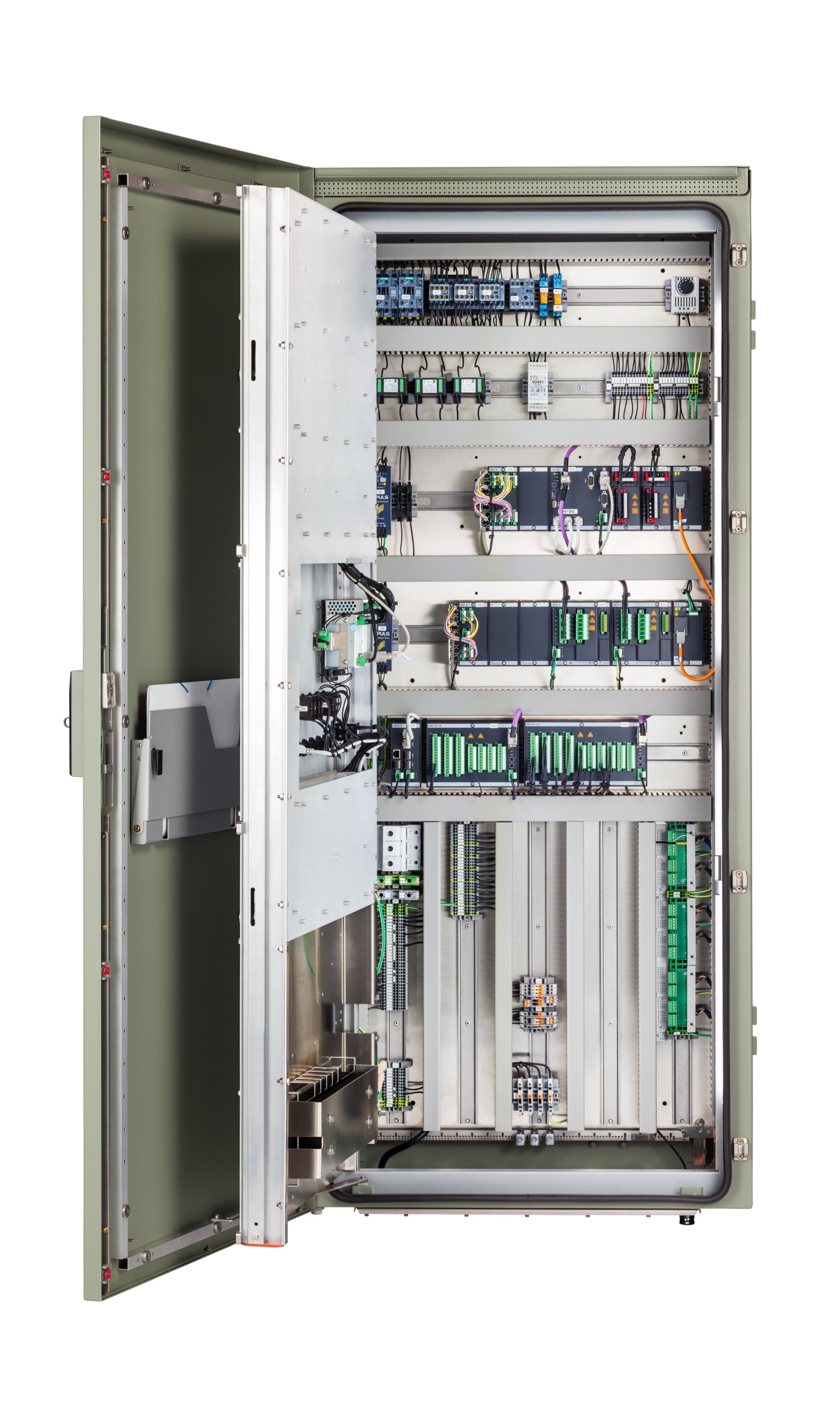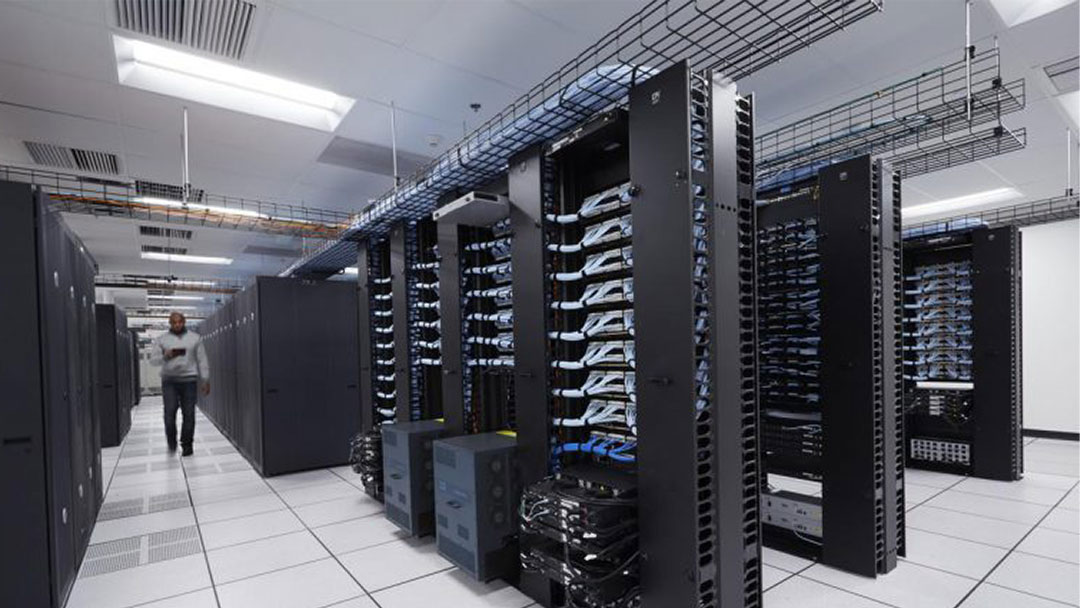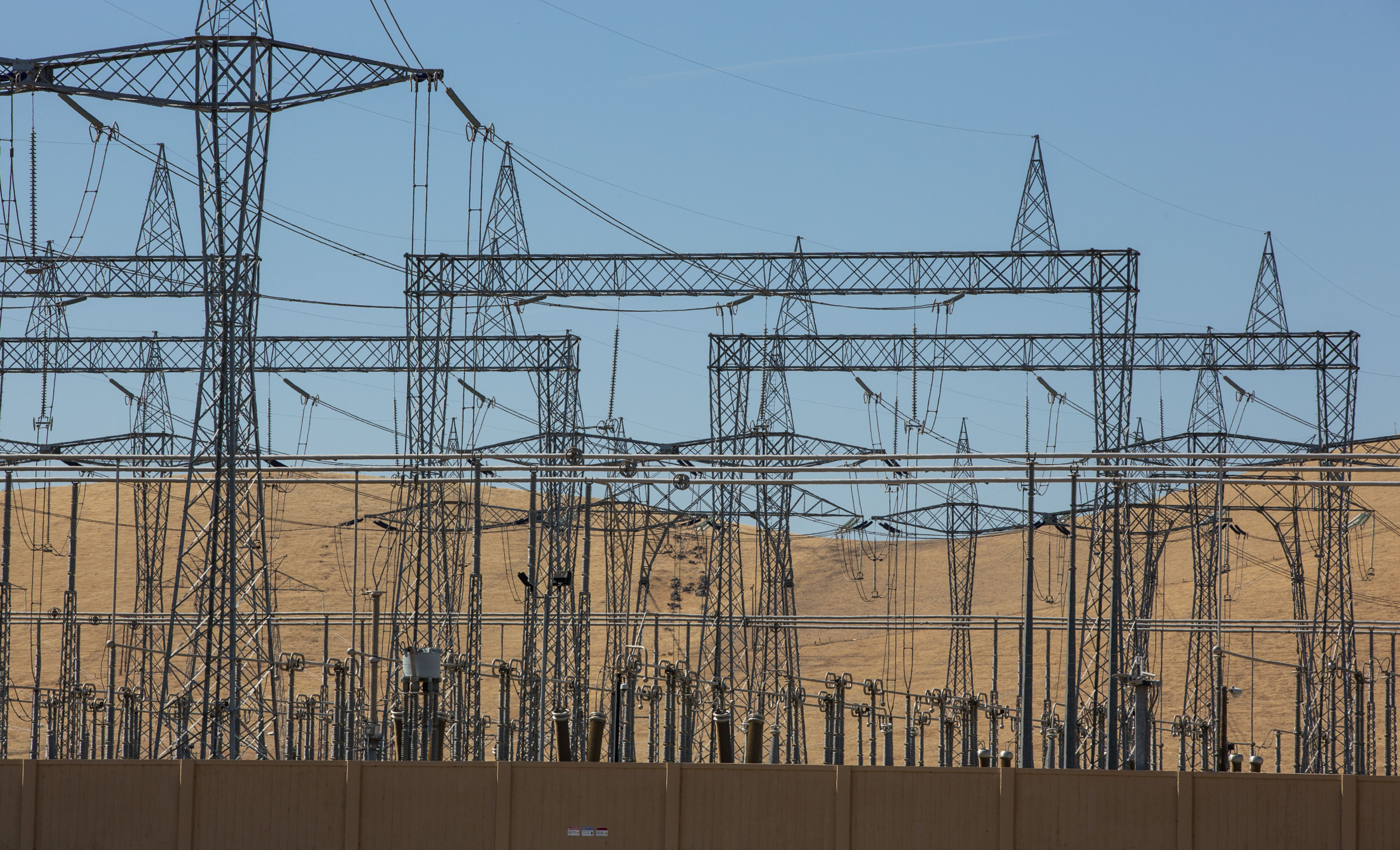As Grid Strains and Demand Surges, Reinhausen’s Tennessee Bet May Redefine Energy Infrastructure
Inside the South Side Expansion That Could Reshape America's Power Backbone
The winds of industrial growth blow strong across the flatlands of western Tennessee, where steel frameworks and concrete pads signal not just another manufacturing upgrade, but the next phase in America’s energy evolution. On the southern edge of Reinhausen Manufacturing’s longstanding facility in Humboldt, a 12,000-square-foot expansion is poised to come online—an unassuming yet potent answer to one of the 21st century's most urgent infrastructure dilemmas: how to digitize and fortify an aging U.S. power grid amid soaring demand.

Announced April 13, the “South Side Expansion” of Reinhausen’s Humboldt plant—slated to break ground in summer 2025 and finish by mid-2026—is more than a real estate story. It is a calculated, multi-phase industrial maneuver aimed at retooling the grid from its mechanical past toward a digital future. And it’s drawing attention not just for its scale, but for its strategic timing.
“They’re not just building square footage,” one grid modernization analyst said. “They’re building capacity for a very different energy future.”
Tennessee as a Launchpad: Why Humboldt?
Humboldt may not yet feature on the energy world’s map of power centers, but Reinhausen’s sustained investment—most recently through this South Side expansion—suggests it soon might. The German-founded firm, through its U.S. subsidiary, has operated quietly in this corner of Tennessee for decades, producing high-performance components for utilities across the country. But the recent flurry of activity represents a qualitative shift: Humboldt is now being groomed as a strategic node in the company’s mission to digitize America’s transmission backbone.
The new facility will add both production and office space to support two flagship technologies: the ETOS MD-IV, a digital control system for transformers, and the RMV-II, used in voltage regulation. Notably, the expansion will also consolidate packaging operations, a logistical optimization with implications for faster delivery cycles and leaner supply chains.

“Consolidation is the hidden efficiency play,” one operations strategist noted. “Speed to grid matters more than ever.”
A Phased Offensive: From November 2023 to Now
The April announcement builds directly on a lesser-known but critical milestone: a November 2023 facility expansion at the same Humboldt site. That project added 14,000 square feet of production space and 3,500 square feet of office capacity—backed by a $3.3 million investment—and introduced a new line of digital transformer tools under the ETOS banner.
If that first move was the spark, the current one is fuel.
Analysts who follow industrial capacity strategy closely point to the timing and sequencing of these two expansions as a hallmark of tiered operational scaling. “Rather than overbuild and then scramble to fill it, Reinhausen is pacing its expansions in sync with adoption curves,” one investment advisor said. “It’s a disciplined, capital-efficient approach that larger players sometimes ignore.”
Tiered operational scaling is a strategic approach where a business increases its operational capacity incrementally through distinct, planned phases or tiers. This phased capacity expansion allows companies to manage growth and investment more effectively, often aligning scaling efforts with evolving demand, particularly in areas like manufacturing.
The ETOS Advantage: Digital Infrastructure as Strategic Moat
Central to Reinhausen’s transformation is ETOS—short for Embedded Transformer Operating System. More than just a monitoring platform, ETOS introduces edge-to-cloud capabilities to legacy transformers, enabling real-time diagnostics, predictive maintenance, and adaptive load balancing.
Edge-to-cloud architecture for industrial systems involves connecting devices at the network edge (close to operations) with centralized cloud platforms for data processing and analysis. This approach enables diverse industrial applications, such as grid management, by leveraging local computing for speed and cloud resources for scalability and deeper insights, ultimately improving efficiency and control.
“This is grid intelligence in action,” a utility executive familiar with the product explained. “What used to be mechanical is now computational.”
While Siemens, GE, and ABB are likewise pushing digital tools into the power hardware sector, RM’s decision to anchor ETOS development in Humboldt—close to its core manufacturing line—suggests a vertically integrated strategy that merges production, testing, and optimization under one roof. This could sharply reduce iteration times, giving the firm a significant go-to-market advantage.
Demand Drivers: Data Centers, Renewables, and the Aging Grid
Behind the operational push is a convergence of forces that is straining the U.S. power grid. Surging energy demand from hyperscale data centers, the variable load of renewables, and the sheer age of transmission components—many dating back to the mid-20th century—are stretching utilities’ capacity to maintain stable service.

Projected growth in electricity demand from U.S. data centers.
| Year / Period | Projected Demand (TWh) | Projected Share of U.S. Total Demand | Source / Notes |
|---|---|---|---|
| 2026 | ~260 TWh | ~6% | IEA (June 2024) |
| 2026 | 292 TWh | 6.5% | McKinsey (Nov 2024, Medium Scenario) |
| 2028 (Low Estimate) | 325 TWh | 6.7% | LBNL / DOE Report (Dec 2024) |
| 2028 (High Estimate) | 580 TWh | 12.0% | LBNL / DOE Report (Dec 2024) |
| 2029 (Power Demand) | 59,000 MW | - | S&P Global Commodity Insights (Mar 2025) |
| 2030 | ~606 TWh | 11.7% | McKinsey (Nov 2024, Medium Scenario) |
| 2030 (Range) | - | 4.6% - 9.1% | EPRI (Reported Nov/June 2024) |
| 2030 (Estimate) | - | 7.5% | Boston Consulting Group (Reported Dec/June 2024) |
| 2033 (Low Estimate) | - | 16% | Accenture Research Modeling (Reported 2025) |
| 2033 (High Estimate) | - | 23% | Accenture Research Modeling (Reported 2025) |
| 2035 (Estimate) | Up to 450 TWh | - | Based on announced projects (Reported Jan 2025) |
The federal government estimates that over 70% of the U.S. transmission infrastructure is over 25 years old, a risk multiplier as blackouts become more frequent and costly. The pressure to act is palpable.

| Component | Age Metric | Value / Percentage | Source/Year Reference |
|---|---|---|---|
| Transmission Lines | % Older than 25 years | ~70% | DOE (2015 report, cited 2018-2024) |
| Transmission Lines | % Over halfway through lifespan | >70% (of 50-year life) | DOE (cited 2023) |
| Power Transformers (General) | % Older than 25 years | ~70% | DOE (2015 report, cited 2018-2024) |
| Large Power Transformers | Average Age | ~40 years (end of life) | Various (2022-2024) |
| Distribution Transformers | Average Age | ~42 years | Industry Article (2022) |
| Distribution Transformers | % Older than 33 years | ~55% (approaching end life) | NREL/DOE (2024) |
| Circuit Breakers | % Older than 30 years | ~60% | DOE (2015 report, cited 2018) |
| Power Plants (Overall) | Average Age | >30 years | Various (cited 2025) |
| Nuclear Power Plants | Average Age | ~40 years | Various (cited 2025) |
| Bulk Transmission System (Origin) | Construction Period | 1950s-1960s | Various (cited 2024) |
“Reinhausen is betting that utilities are finally ready to spend—not just on replacement hardware, but on smart, scalable systems,” one infrastructure risk expert noted.
The Financial Equation: CapEx Today, Competitive Moat Tomorrow
Though financial specifics for the April expansion remain undisclosed, parallels to the $3.3 million invested in the 2023 build-out suggest similar capital intensity. The near-term impact on cash flow is real—but so are the longer-term upsides.
“This isn’t just capacity for its own sake,” said an industrial tech investor. “It’s capacity tied to a product line with differentiated value and rising demand.”
If operational execution meets expectations, RM could see margin expansion from both volume growth and product premiumization. The ability to deliver ETOS-integrated systems faster than competitors may allow the company to command favorable pricing and lock in long-term contracts with utilities undergoing large-scale upgrades.
Human Capital and Local Impact
Beyond the machinery and spreadsheets lies a human dimension. The expansion is projected to create high-tech manufacturing and engineering jobs in Humboldt—roles that require both traditional craftsmanship and digital fluency.

“It’s not just more workers; it’s a different kind of workforce,” said one local economic development official. “This facility will need people who understand data as much as torque.”
For a town long defined by its agricultural and mechanical roots, this shift could herald broader socio-economic change: upskilling, workforce retention, and a reputational boost that attracts complementary industries.
Risks: Supply Chains, Demand Realization, and Digital Integration
No strategic pivot comes without risks. RM faces potential delays in construction, integration complexity between old and new systems, and ongoing global supply chain volatility. Equally critical is demand actualization: Will utilities, notorious for slow procurement cycles, adopt digital platforms at the pace RM anticipates?
Some industry voices express measured caution. “The tech is solid, but inertia is powerful in this sector,” one digital energy consultant warned. “Utilities need budget certainty, not just innovation.”
Strategic Implications: What This Means for the Broader Grid Modernization Landscape
RM’s move is unlikely to go unnoticed. Its tiered expansion strategy, digital-first product orientation, and focus on domestic manufacturing make it a potential case study in smart industrial transformation.
The question now is whether its larger rivals follow suit—or whether RM has carved out a lead in an underappreciated but rapidly evolving niche. With grid modernization now a national priority, the race is no longer about who can build transformers—it’s about who can connect them to the future.
Outlook: Measurable Momentum or Overreach?
Three scenarios stand out:
-
Best Case: RM completes both expansions on time and successfully scales ETOS adoption. Market share and margins grow. The company emerges as the U.S. grid’s de facto digital integrator.
-
Base Case: Construction faces modest delays, but ETOS adoption continues to rise. Profitability improves gradually, with ROI realized within 3–5 years.
-
Worst Case: Integration issues and slow market adoption stall returns. Cash flow tightens, and RM’s competitors capitalize on the gap.
The Investor’s Lens: Betting on Transformation
To investors watching the space, RM represents a rare industrial play that combines infrastructure reliability with digital innovation. It’s not a pure tech bet, nor is it a legacy manufacturer clinging to old models. It’s a hybrid—riskier, perhaps, but potentially more rewarding.
“If they pull this off,” a senior analyst summarized, “they won’t just be making parts for the grid—they’ll be designing how the grid thinks.”
With groundbreaking on the South Side Expansion approaching, all eyes are on Humboldt—not just for what will be built there, but for what it might power next.
